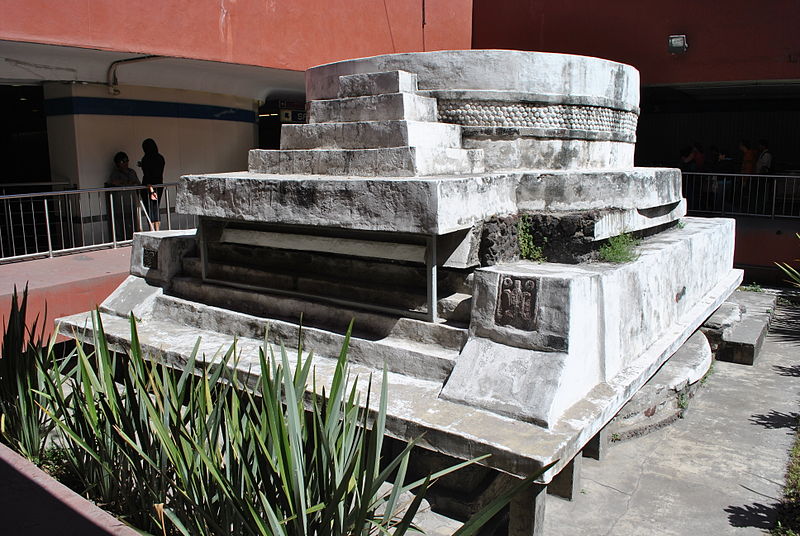
Metro Pino Suárez is a continual reminder of how rich the city’s history and culture remain to this day.
When the station first opened in September of 1969, it was already one of the most famous in the city. As a major transfer station, it connected two of the busiest metro lines. But more importantly was the discovery, during construction, of a major temple dedicated to Ehécatl.
The Pino Suárez Metro station is named for the vice president who was assassinated alongside President Francisco Madero in 1913. The culmination of the ten tragic days that led to the rise of the much hated Huerta, and his presidency, Pino Suárez is remembered for having fallen in the cause of the Mexican Revolution.
The part of Centro Histórico above the station is also known for it’s proximity to Metro Pino Suárez. The Church of Saint Michael the Archangel provided its former atrium, now called the Jardín San Miguel, for several of the southernmost entrances to this station.
Primarily a neighborhood dedicated to fashion and clothing retailers, the highlight just may be the massive Plaza Comercial Pino Suárez. Home to hundreds of clothing and footwear retailers, it’s just the most concentrated part of the city center’s fashion district. But don’t miss the adjoining Plaza San Lucas no matter how crowded it gets.
 unidad_de_orientacion@metro.cdmx.gob.mx
unidad_de_orientacion@metro.cdmx.gob.mx
 5627.4950/5627.4741
5627.4950/5627.4741
 https://www.metro.cdmx.gob.mx/
https://www.metro.cdmx.gob.mx/

0.07 kms.
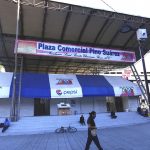
0.07 kms.
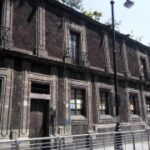
0.09 kms.
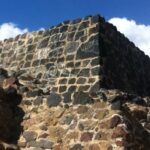
One of the oldest and most significant archaeological zones in Mexico City.
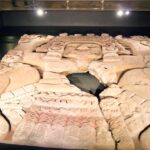
One of the most important sites in the city, even today, don't miss the chance to visit the Templo Mayor.

The Plaza de las Tres Culturas is one of the most touching and informative places to stand in the modern city, past, present, and future.
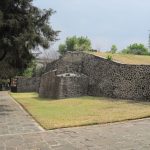
One of the city's newest archaeological sites, it's one of the oldest and deepest of shrines in the Valley.
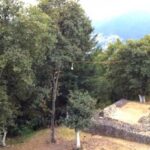
One of the oldest archaeological sites in the Valley, Mazatepetl is of Otomi origin, and fascinating to gnaw on.